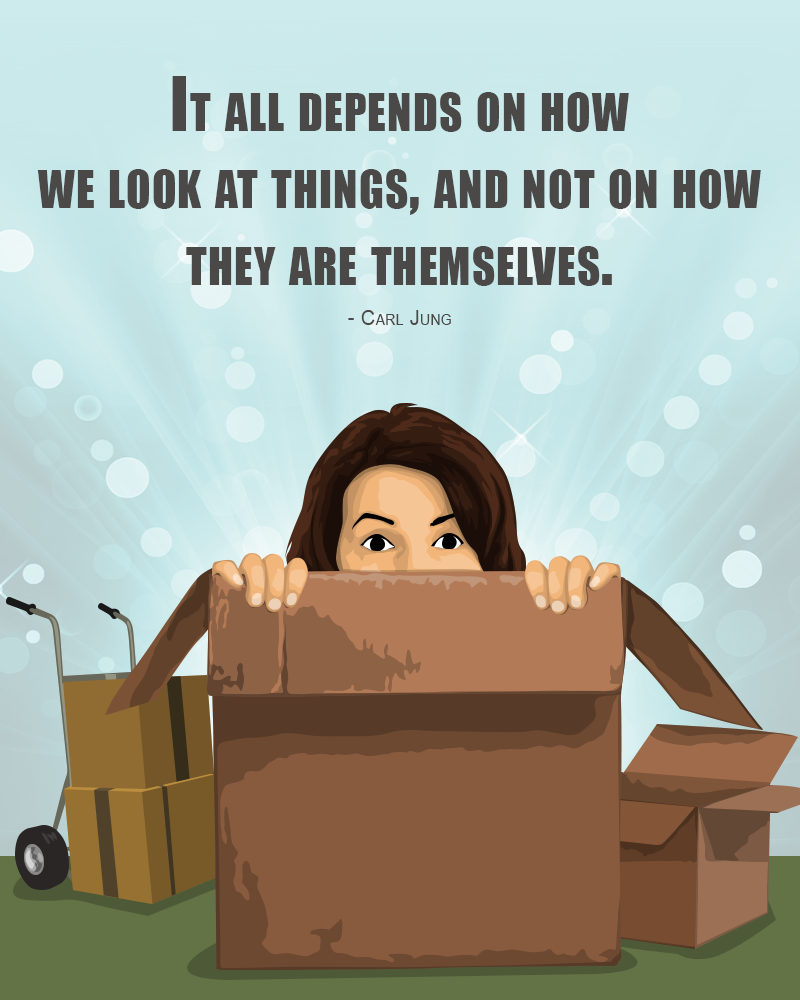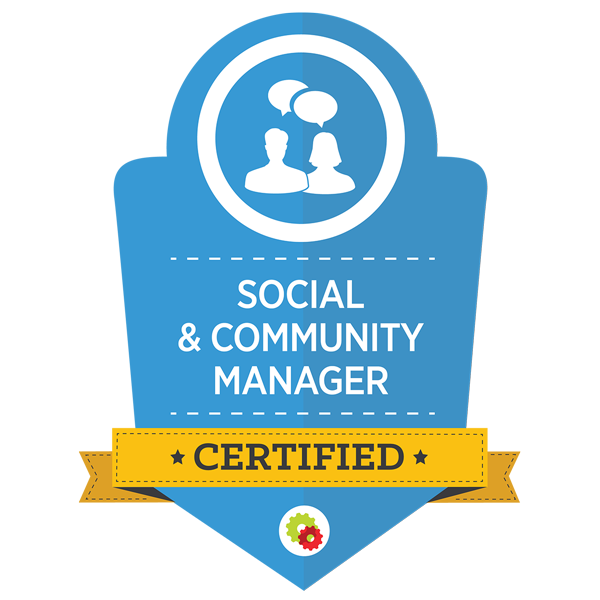Neurolingustic Programming
|
You may already know that NLP stands for Neuro-Linguistic Programming. The name is derived from three components that most affect our human experience: our neurology, our language, and our programming, or the way in which we have learned to model the world around us. The development of NLP began in the 1970s in California, by Richard Bandler and John Grinder as an innovative approach to psychotherapy, communication, and personal development.
|
|
 Without language of some kind (including body language, expression, tone of voice, etc.) we couldn't communicate with others.
Without language of some kind (including body language, expression, tone of voice, etc.) we couldn't communicate with others.
 We also construct models of the world so that we may function in
it. So the term Neuro-linguistic Programming is derived from our mental processes (the neuro part of the
word), our language (the linguistic part), and how they are interwoven to affect our behavior and our bodies
(the programming).
We also construct models of the world so that we may function in
it. So the term Neuro-linguistic Programming is derived from our mental processes (the neuro part of the
word), our language (the linguistic part), and how they are interwoven to affect our behavior and our bodies
(the programming).
NLP studies the methods, validity and scope involved in what it means to be human on many different levels and dimensions. It focuses on fostering competence and flexibility of behavior, and involves analytical and strategic thought to understand what mental processes are behind human behavior.
One goal of NLP is to offer tools and various skills to develop states of human excellence, partly by establishing a system of beliefs and presuppositions that empower the individual. NLP helps us form and act on answers to questions such as:
 What does it mean to be human?
What does it mean to be human?
 Can our communication with one another be enhanced to allow us to become more actualized human beings?
Can our communication with one another be enhanced to allow us to become more actualized human beings?
 How does behavioral change come about?
How does behavioral change come about?
Another goal is exploration of our identity, discovery of self and our life mission. On yet another level, a framework is established for exploration of a spiritual aspect of the human experience that extends outward to global reaches (or maybe even beyond, extending into the Universe). Excellence and competence are points along the way to reaching out to wisdom and vision.
 Two Fundamental Presuppositions of NLP
Two Fundamental Presuppositions of NLP
1. The Map Is Not the Territory
One of the presuppositions of NLP that you will hear repeatedly is "The map is not the territory." What is meant by this? It means that reality is elusive and humans do not really know what reality is; we only know what our senses (and our instruments) tell us.
Humans have cone cells in their retinas that are color sensitive to red, green and blue. We see red, blue and yellow as primary colors. It is the mixing of any two of those from which the secondary colors of green, purple and orange are derived. Dogs have only the yellow- and blue-sensitive cones, which prohibits them from distinguishing red, yellow or green objects based only on color, so their reality is a different world with little color in it.
 Honeybees see in the ultra-violet realm of the spectrum. The primary colors they see are blue, green and
ultraviolet. Scientists do not agree on which exact color combinations bees see, but they do agree that red
is seen as black, so honeybees also perceive a totally different world than we do. Houseflies (and honeybees)
have compound eyes so their view of reality, again, is quite different than what we humans see.
Honeybees see in the ultra-violet realm of the spectrum. The primary colors they see are blue, green and
ultraviolet. Scientists do not agree on which exact color combinations bees see, but they do agree that red
is seen as black, so honeybees also perceive a totally different world than we do. Houseflies (and honeybees)
have compound eyes so their view of reality, again, is quite different than what we humans see.
So we realize that perceived reality is subjective. We each experience reality differently, based upon how we interpret what we perceive with our five senses. We act and react to what we experience, based upon our sensory representational systems--what we see, hear, feel, smell and taste.
Granted, these are animals and insects, but what about among humans? It is clear when you think about it, that different humans are undergoing different perceptions of reality based upon the chemistry and physiology going on in their bodies at any given moment. One somewhat extreme example (but which makes the point) is a diabetic or hypoglycemic person experiencing low blood sugar.
Their reality at that moment may include any of these symptoms, or a combination of these: sweating, nervousness, dizziness, shakiness, weakness, extreme hunger, nausea, headache, blurred vision, and rapid heartbeat. Moderate low blood sugar (below 40 mg/dL) can produce confusion, irritability, slurred speech, lack of concentration, muscle twitching, and personality changes like tearfulness or anger.
Let's take another, even simpler example. One person in a room is happy, another is depressed. One may be feeling full, the other is hungry. Still another may be chilly, while the other is warm. So it is clear that reality among humans and at any given time is extremely subjective.
2. The Whole Universe Is Interrelated and Essentially Indivisible
 All the processes within the human body are systemic and interdependent. They cannot be separated from the
whole, although for ease of study, we attempt to isolate them into separate categories; i.e.,the circulatory
system, the immune system, etc.
All the processes within the human body are systemic and interdependent. They cannot be separated from the
whole, although for ease of study, we attempt to isolate them into separate categories; i.e.,the circulatory
system, the immune system, etc.
But we really know that they are each mutually dependent. So, too, are our societies, our planet as a whole, the solar system, our galaxy and all the other galaxies, and our entire universe. All form a set of complex systems that interact and influence each other, to a greater or lesser degree.
It is really impossible to separate any of the subsystems from the whole. All of these systems have a natural way of organizing themselves with an underlying thrust toward seeking homeostasis, an optimal state of balance.
These two principles constitute the entire spectrum of models, tools and techniques used in NLP. The premise of NLP is that humans cannot know reality as it truly is, we can only know it in a subjective way. Therefore, there is no absolute, correct knowing of the world that humans can make.
Instead, it is far better to create the richest, most flexible map of the world that takes into account the systemic and ecological nature of ourselves and our world. The choices a person sees as available to them will be determined by their experience and their map or model of the world.
Having the greatest number of choices or perspectives in any given situation is what produces the most effective people. What NLP aims to do is to allow us to expand our choices and viewpoints that are available in any given situation, thus enabling us to demonstrate excellence in our actions and behaviors, and wisdom derived from an array of perspectives from which to choose.
 Some Specific Techniques Used in NLP
Some Specific Techniques Used in NLP
Anchoring
One very common technique used in NLP is called anchoring. An anchor in NLP is a stimulus that immediately elicits a (desired) state of mind, with the thoughts and emotions that go with it. A good example is hearing a song in the present that brings you right back to a particular time in your past when you heard that song. You remember where you were, what you were doing, and most importantly, you rekindle the emotional state you were in at that time.
The goal of anchoring in NLP, therefore, is to get a particular positive emotional response or elicit a resourceful state to some situation that previously has made you feel some (perceived) negative emotion, such as feeling insecure or upset. You can change your mood or state of mind instantly by ?anchoring? the desired positive emotional response. You can reproduce that feeling by firing off the anchor any time you need it.
In NLP, we want to deliberately and purposefully establish an anchor to bring about a resourceful state, and pair the desired state to the anchor, in a similar fashion to the way Ivan Petrovich Pavlov paired the ringing of a bell to a dog's salivating when given meat.
In Pavlov's experiments, dogs naturally salivated (a physiological response) when they saw and smelled meat. Each time, he paired the ringing of a bell to the appearance of the food. After some instances of this pairing, the dogs salivated to the sound of the bell alone, even when no food was presented.
To establish an anchor, we would engage the stimuli (the anchor) when a state is experienced that the subject identifies as being a resourceful state, thus pairing the desired state to the anchor. An example would be to touch a knuckle of the left hand when the resourceful state is experienced, which would neurologically link the two events. Thus, after it is conditioned, we can fire off the anchor any time we wish to produce the resourceful state.
Many anchors happen automatically, unconsciously, without our awareness of what triggered them. These unconscious anchors are being produced all the time and they may or may not produce desired states. They affect our moods, our motivation and confidence, or lack thereof, at any given time.
Probably all of us have had the experience of going along just fine, when suddenly, for no apparent reason, we feel down or depressed. Undoubtedly, some unconscious anchor was fired, triggering some old emotion that has nothing to do with what is going on currently, yet we are affected by it.
It is a goal of NLP to become conscious of how anchors affect us so that we may utilize their effects to our best advantage, and even pull ourselves out of an unwanted state by firing off an anchor designed to trigger a resourceful state or emotion.
 Reframing
Reframing
Reframing is a technique that is useful in situations where you feel angry or powerless. The idea is to change the meaning of the situation, or see it from a different perspective, something that allows you to view it in a more empowering way--literally, putting it into a different frame.
For example, loss of a job may seem, at first thought, to be a bad thing that has happened to you. However, when you consider other aspects of the situation, you discover that you are now available for a better job or are open to explore a completely different kind of work that may allow you to be more creative and feel more fulfilled.
You have an opportunity to develop new skills, meet new people. Your life may go off in a completely different direction that, when looked back upon years later, you see as a very good thing that happened to you.
In reframing, then, we change the view of a situation, taking the focus off the negative aspects and look for positive aspects to focus on. This sheds new light on the situation and enables us to make better decisions since we are focusing on the benefits. It also puts us in a better frame of mind which likely will eliminate our original anger and frustration.
 Modeling and the Use of Submodalities
Modeling and the Use of Submodalities
NLP posits the belief that all behavior can be modeled and reproduced or altered. In NLP we build models by observing language patterns, body physiology and eye movements. From this, we describe sequencing of the elements through the use of the five senses of visual (sight), auditory (sound), kinesthetic (touch), olfactory (smell) and gustatory (taste). We can modify each of these by what are called submodalities, which are the characteristics of each sense. From there we fashion a model that can be tested. To meet the test, use of the model must reproduce the behavior or obtain the desired state.
What Is Meant by the Term Submodality?
A fundamental concept of NLP is that all human experience can be broken down into elements perceived by the senses. Each sensory element has its own attributes or dimensions. Submodalities are simply the term that NLP uses to describe the dimensions, characteristics, or attributes of that sensory perception. These submodalities define and modify the meaning, impact, and emotion that a particular sensory perception has on an individual.
All sensory experience is coded in our memories by these various submodalities. They aid our memory of our perceptions, whether they be internal or external perceptions. As an example, we would be more likely to remember a sharp, bright, colorful picture than a small, blurry, dim one that was not in color.
Here are examples of submodalities:
Visual:
Brightness, size, color/black & white, shape, location, distance, contrast, focus, clarity, movement, speed,
three-dimensional/flat, perspective, associated (seen through your own eyes)/disassociated (seeing yourself in
the picture-you are observing event from the outside), framed/panoramic, orientation, density/transparency.
Auditory:
High or low pitch, fast or slow tempo, pauses, volume, rhythm, timbre (verbal or tonal quality), duration,
clarity, location, distance, internal/external, stereo/mono.
Kinesthetic:
Pressure, location, frequency, texture (smooth/rough), temperature, intensity, vibration, shape, area.
You can change how you feel about some past, future or current event by adjusting the submodalities associated with it. First establish a baseline by thinking of an event that gave you a desired internal experience (such as -happy- or -calm-), and noting how you codify that event visually, auditorily and kinesthetically. These are the most frequently used sensory elements. Run through the various submodalities you used to record that event in your mind--then apply those same submodalities to the event you wish to modify.
The amazing thing about working with submodalities in NLP is realizing that we can change our internal experience of an event, thus giving us greater control over how we process it for future retrieval, by consciously changing the attributes (submodalities) by which we recall it. This changes the meaning we ascribe to the event changing our state thereby allowing a different response; a different behavior. That change our interpretation of our reality.Q. How Can We Stop Unwanted Thoughts Using NLP?
Tags: NLP






